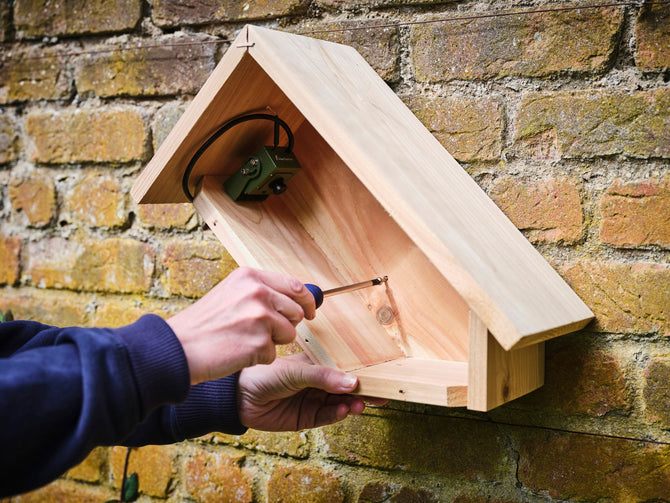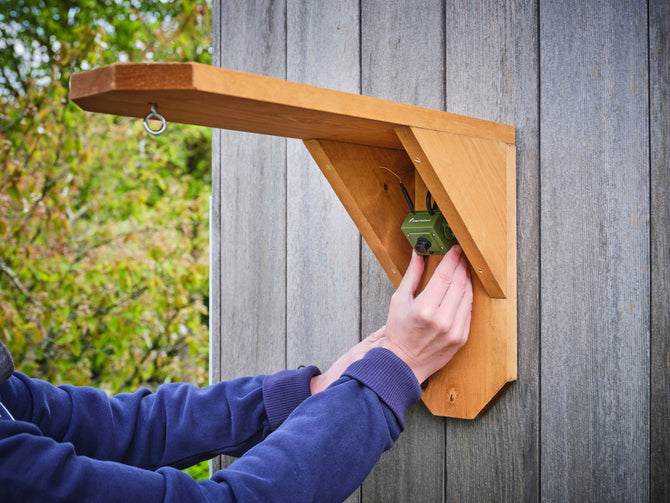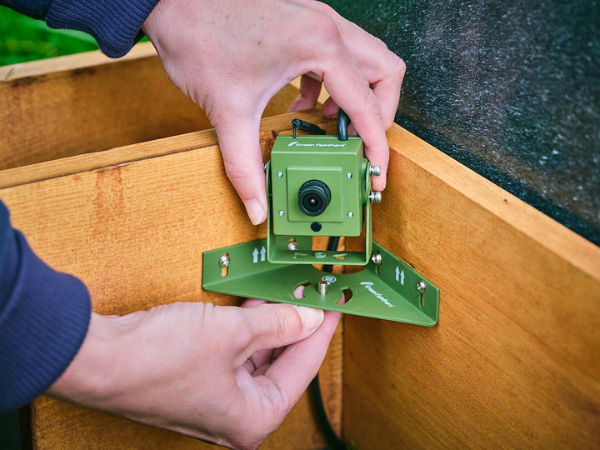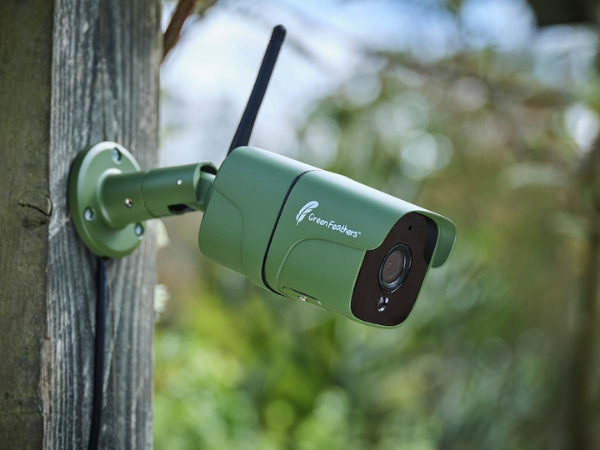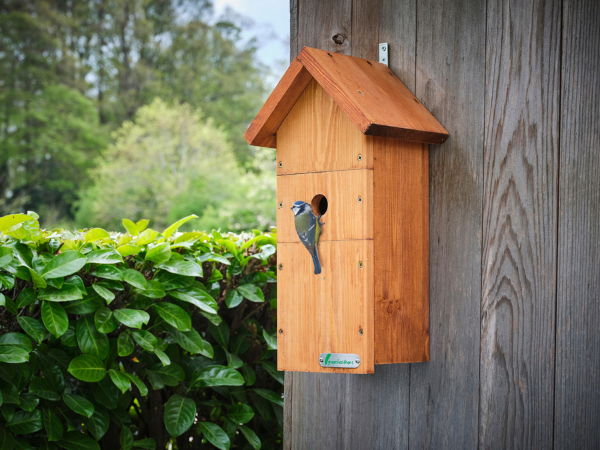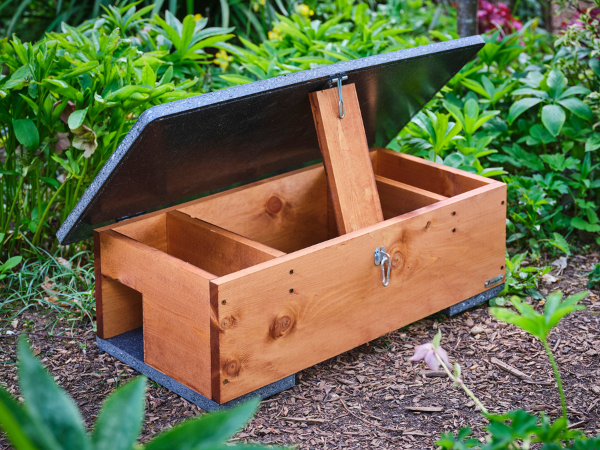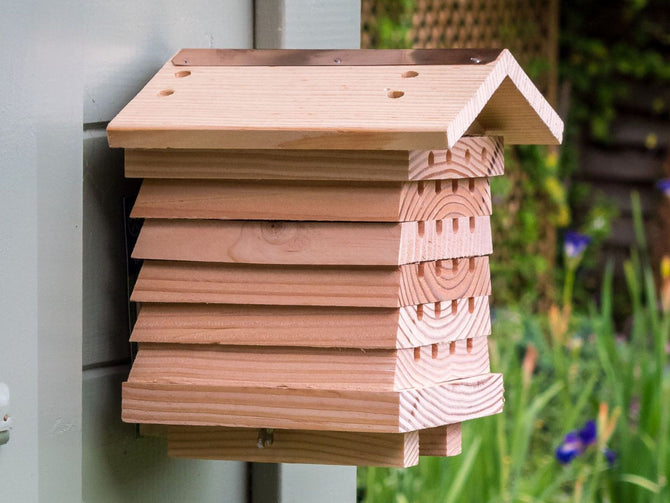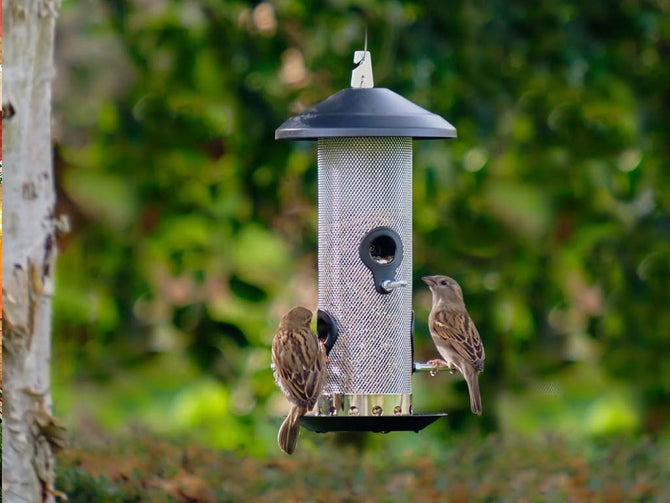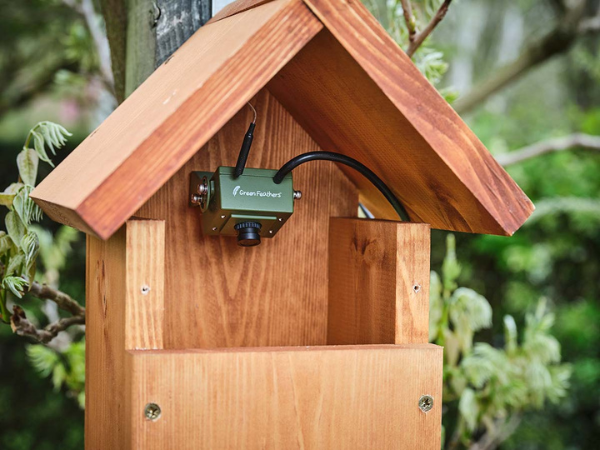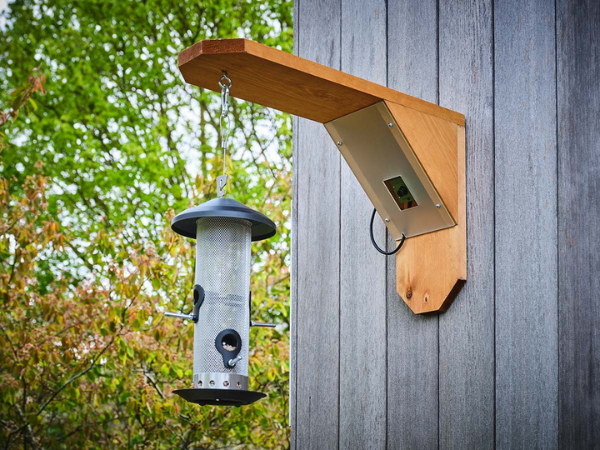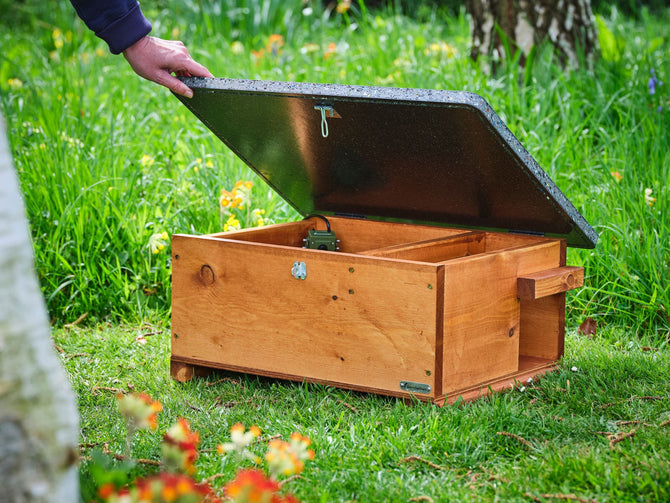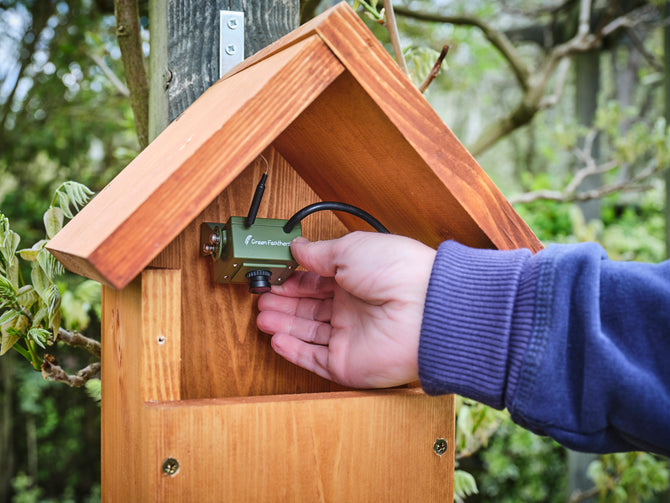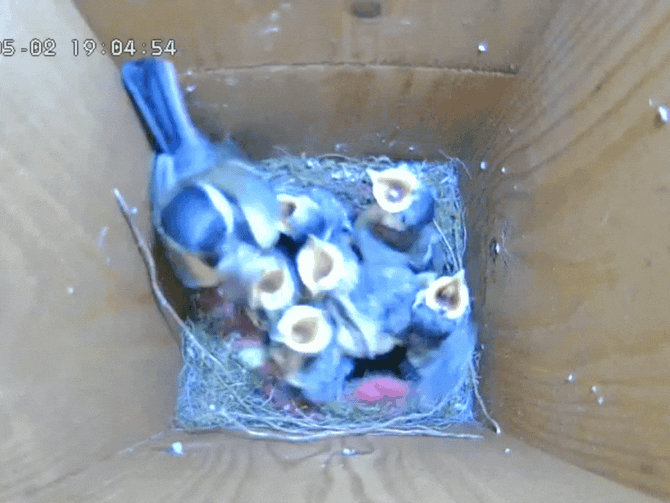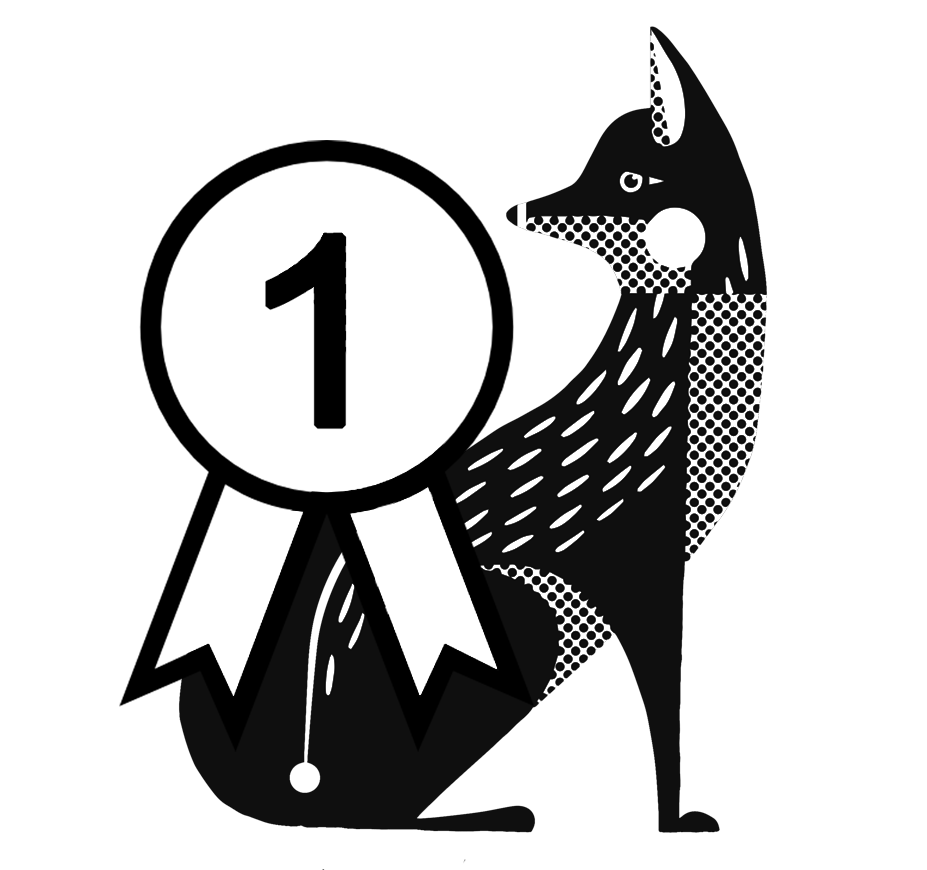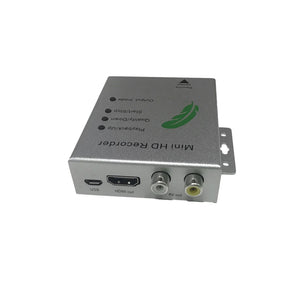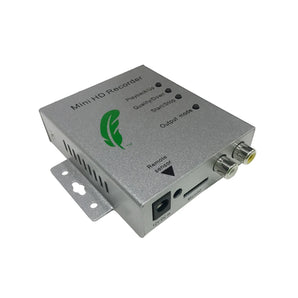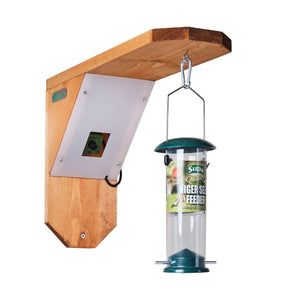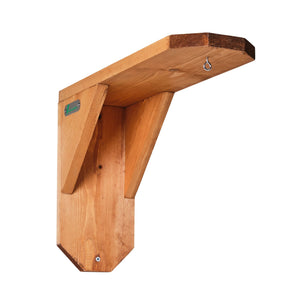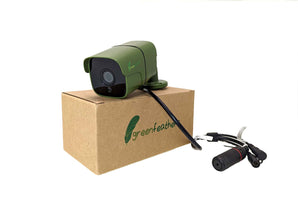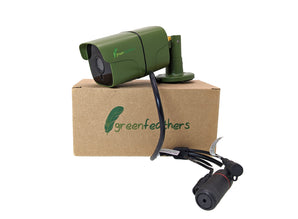Creating a diverse range of habitats in your garden is an incredibly rewarding way to support your local wildlife, enhance biodiversity, and enjoy the beauty of nature right outside your front door! Whether you have a modest urban garden or sprawling acres of backyard, there are a number of ways you can attract and encourage a wide range of species, from pollinators and birds, to amphibians and insects.
Here at Green Feathers, we’re passionate about bringing people closer to nature. So below, we’ve outlined 7 different habitats you can incorporate into your garden - no matter how big or small - to help your local wildlife thrive.
1. Wildflower meadow
We all know that we need to save the bees, right? The purpose of a wildflower meadow is to create a nectar and pollen-rich space for all our favourite pollinators including bees, butterflies, and beetles! These meadows mimic the native grasslands that wildlife and critters love, and help support declining insect populations and birds that feed on these seeds and bugs.
How to do it
-
Choose a sunny area of your garden, as shade will reduce the amount of blooms and flowers that appear.
-
To prepare the area, remove existing turf or reduce the fertility of the soil by removing the top layer.
-
Get your seed mix ready, use a mix of native wildflowers - like oxeye daisy, cornflower, yarrow - along with fine grasses like fescues. Avoid using perennial ryegrass as it will outcompete the wildflowers, which are the ones you want to thrive!
-
Wait until spring or autumn to sow your seeds. Mix in some dry sand for even distribution of the seeds.
-
Mow your wildflower area once a year after flowering (in late summer) and remove all clippings to keep the soil lean.
2. Mini wetland or pond
When you’re thinking about the wildlife in your garden, don’t forget about our slimier friends! Creating a mini wetland or a pond in your backyard supports creatures like frogs, newts, dragonflies, aquatic invertebrates, as well as providing a convenient place for drinking and bathing for other birds and mammals! Ponds are biodiversity hotspots; even the tiniest addition of one in your garden can dramatically boost local species diversity.
How to do it
-
Don’t worry too much about size; anything from a buried washing-up bowl to a huge dug-out pond will do the trick.
-
Do take the shape into consideration - you’ll need to include shallow, sloping sides for easy access by wildlife. You should also add escape ramps or shallow edges to make it easy for birds and hedgehogs to get in and out so they don’t become trapped.
-
Fill with rainwater if possible - allow it to fill naturally over time or use your waterbutt if you have one - as tap water can contain chemicals.
-
Add plants! Use native submerged plants such as hornwort, along with floating plants like duckweed, and marginal plants such as the marsh marigold.
-
While you might be tempted for the aesthetic, don’t add fish! They can disturb the ecosystem and each insect larvae.
3. Hedge or shrub border
Hedges and shrubs are fantastic for supporting a whole abundance of creatures! They basically provide safe shelter and nesting sites, as well as food (berries and insects), for birds, hedgehogs, insects, and even bats! They can also act as valuable corridors for wildlife, as well as shelter from harsh British winds and hungry predators.
How to do it:
-
Use a mix of native and wildlife-friendly shrubs like hawthorn, blackthorn, dogwood, field maple, and hazel.
-
For structure, plant in double staggered rows for maximum density. Space the plants about 30 to 45 cm apart.
-
In terms of management, let it grow dense - hold off on trimming! - and only trim one side at a time or once every few years, as this will allow birds to nest undisturbed.
-
For bonus points, include a bramble patch as this is amazing for nesting and berries.
4. Deadwood or log pile
Any gardener will know that there are certain types of creepy crawlies that love the dark and the damp. And while you may not appreciate them for their many legs, they are actually incredibly beneficial to our gardens! Creating a log pile or deadwood habits is one of the most overlooked, but vital, habitats for decomposers and soil health. It creates a fantastic refuge and breeding ground for invertebrates like beetles, fungi, solitary bees, frogs, and slow worms.
How do to it:
-
Gather logs, branches, bark, and stumps from various tree types, such as oak, birch, willow - these are all great!
-
Choose a shaded and undisturbed corner of your garden in order to keep the moisture levels high.
-
In terms of design, partially bury the bottom logs for long-term decay, and stack the rest loosely on top, creating nooks and crannies for bugs.
-
Keep your inner organiser in check - resist the urge to tidy! Allow fungi and mosses to colonise and take over.
-
You can even drill holes in a few of the logs - about 3-10 mm wide and 5-10 cm deep - to encourage solitary bees to make their homes.
5. Rockery
This kind of habitat is perfect for sun-basking creatures like lizards and bees, and it’s also a great way to support drought-tolerant plants. This approach mimics natural rocky outcrops that you find in the wild, providing microclimates and niches for small wildlife.
How to do it:
-
Location is key here, so choose a sunny, well-drained area in your garden.
-
To construct, arrange flat stones with gaps and small crevices. Avoid using cement as you want to achieve a natural build here.
-
For plants, tuck in alpines, sedums, thyme, and other hardy, nectar-rich plants.
-
Include patches of bare soil or sand nearby for ground-nesting bees.
-
If your garden allows it, position the surfaces to be south facing as these will retain more warmth which is great for reptiles and insects that like to bask in the sun.
6. Compost heap or leaf pile
Similar to the deadwood pile, a compost heap or leaf pile provides the perfect breeding and feeding ground for decomposers such as worms, beetles, and fungi. It can also potentially double up as a winter home for hedgehogs and frogs. Creating these naturally warm and wet piles speeds up organic matter breakdown, enriching the soil nearby and supporting detritivores.
How to do it:
-
Use wooden bins or pallets to form a three-sided enclosure.
-
Start by layering ‘greens’ such as grass cuttings and vegetable scraps in with ‘browns’, like cardboard, twigs and leaves.
-
Turn things occasionally with a long stick for aeration, keeping things moist but not wet.
-
If you can, leave one bin undisturbed over winter to act as a wildlife shelter. When the weather warms up, you’ll need to take great care when it comes to turning and adding material so as not to harm any nesting creatures inside.
-
If you have the space available, add a pile of dry leaves nearby as this can be excellent for overwintering insects and frogs.
7. Pollinator border or herb garden
Finishing off with a little more love for our pollinators, a dedicated area such as this in your garden offers consistent food for bees, butterflies, and hoverflies, whilst also enhancing your garden’s colour and aroma. Pollinator-friendly flowers provide nectar and pollen over a long season, helping sustain dwindling insect populations.
How to do it:
-
Pick a sunny border in your garden, or make sure you have enough space in a sunny spot for a container.
-
When it comes to adding plants, use a variety of bloom times and shapes so you (and the bees!) have flowers to enjoy all year round…
-
Early: Crocus, lungwort, grape hyacinth
-
Mid: Lavender, alliums, foxgloves
-
Late: Sedum, rudbeckia, cosmos
-
Herbs: Include flowering herbs like thyme, marjoram, chives, mint, and oregano.
-
Keep things pesticide-free, as chemicals can harm beneficial insects.
-
Be sure to deadhead your flowers regularly to encourage more blooms and extend the flowering season.
Creating a wildlife-friendly garden is an incredibly rewarding endeavour that has an abundance of benefits to both the environment and your wellbeing. By incorporating one or two - or even more if you have the space! - of these habitats into your garden, you’re providing essential natural resources for a whole bunch of wildlife species, from pollinators to amphibians!
Once you’ve got your garden (literally!) crawling with wildlife, why not add a Wildlife Camera so that you can keep an eye on which critters come and make your outdoor space their home? Capture the secret life of your visitors on camera for the world to see!

